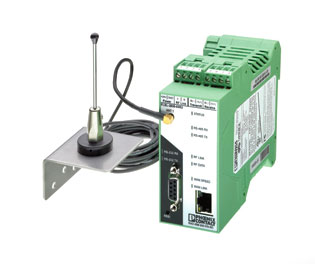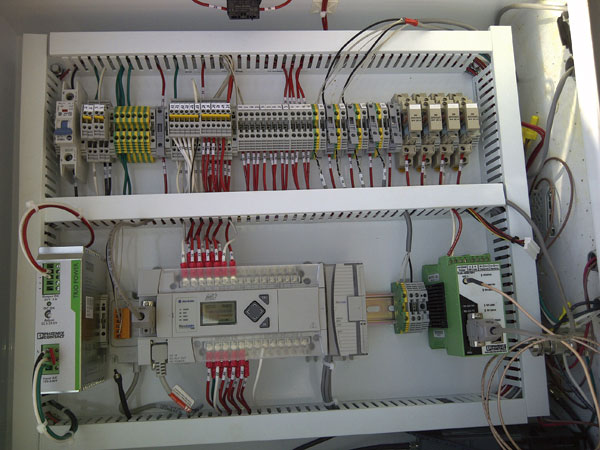Changing from serial- to Ethernet-based communication is an increasingly popular trend.
12/29/2012
During the past decade, industrial communications have changed rapidly. Many pump operators are in the process of upgrading their control and supervisory control and data acquisition (SCADA) systems. Serial-based cabling was once the best technology for industrial communications, and many pump systems still rely on legacy serial components. Thanks to advances in wireless technology, many users have integrated serial-based wireless radios into their existing systems. Wireless capability makes communication over longer distances, which would have been impossible with cabling, possible.
Radio Communication
Many types of radio communication technologies are available that could help monitor and control a SCADA network. Some technologies are better than others, depending on the distances needed to be covered, bandwidth required and obstructions in the wireless path. Choosing a radio technology can sometimes seem daunting if users are unfamiliar with wireless. Determining the right radio technology for the application is important because each technology has its application space. If it is misapplied, problems could arise. For many SCADA applications, pump engineers choose a vendor-specific proprietary protocol. The 900-megahertz (MHz) frequency band is suitable for pump applications because of its resistance to interference and its ability to transmit long distances. Because most pump applications are not data-intensive and do not require real-time updates (sub-second update times), the 900-MHz frequency band allows the flexibility for the user to communicate reliably over a wireless link for distances ranging from a couple hundred feet to 15 to 20 miles. The over-the-air algorithm that proprietary 900-MHz systems typically use allows them to reliably transmit these distances. The disadvantage of vendor-specific protocols is that users cannot mix and match different vendors’ radios into one network.Wireless Ethernet
 Image 1. A 900-MHz wireless Ethernet radio can transmit data up to 20 miles, depending on conditions.
Image 1. A 900-MHz wireless Ethernet radio can transmit data up to 20 miles, depending on conditions. Image 2. 900-MHz Ethernet radios are widely used in SCADA pump applications to transmit data about well levels, flow rates, chlorine levels, turbidity conditions and other important information.
Image 2. 900-MHz Ethernet radios are widely used in SCADA pump applications to transmit data about well levels, flow rates, chlorine levels, turbidity conditions and other important information.
